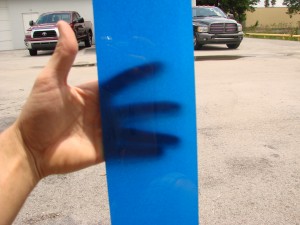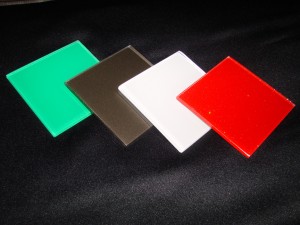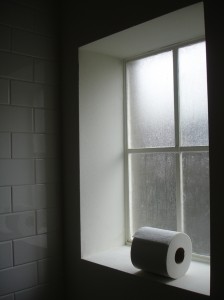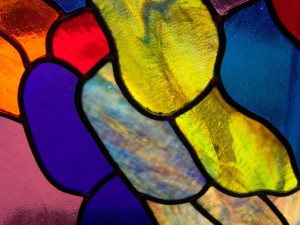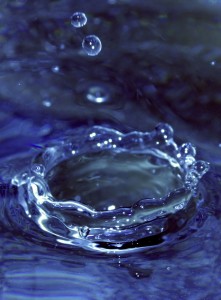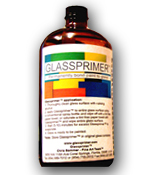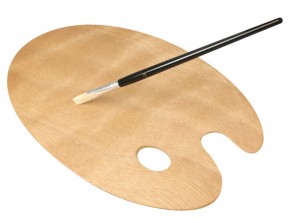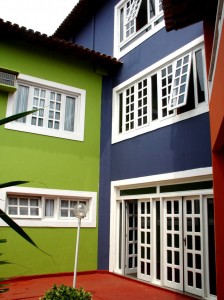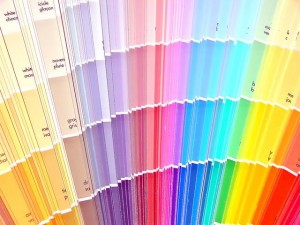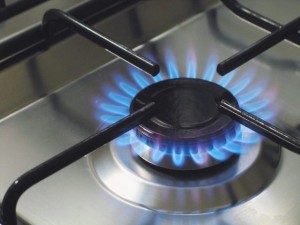Translucent glass paint effects
Translucent glass paint can be dramatic
To create a translucent glass paint effect, start by applying a thin, even coat of glass paint in the color of your choice. Glassprimer™ glass paint can be matched to any color from any major paint manufacturer. Translucence is easier to achieve with a lighter color than a darker one, however, even darker shades can still transmit light through the glass. A high-volume, low-pressure paint sprayer is the best way to apply paint in thin, even coats. Using a HVLP sprayer also allows you to thin the paint prior to application, giving you even more control over the application of paint.
Another key to creating a translucent effect is to allow each coat of paint to dry fully prior to applying additional paint. Glass paint takes about two and a half hours to dry to the touch, and about four hours to dry well enough to be handled safely. Letting each coat dry fully is very important, because a thicker coat not only takes longer to dry, but also takes longer to cure.
Evaluate the translucence of the piece after each coat of paint has dried completely, using a light source that is similar to the light source that will be applied to the final piece. If daylight is the intended light source, evaluate the piece under daylight conditions before adding more coats of paint. Using Glassprimer™ glass paint, you can apply as many as eight coats of paint, but each coat you add will reduce the translucence of the piece.
Once you’ve achieved your desired translucence, allow the paint to cure. Provided that you also use the Glassprimer™ catalyst, the paint should be fully cured within 24-72 hours of the last application. If you intend to mount the translucent glass paint project, you can use any neutral cure silicone adhesive or mirror mastic. The adhesive will not show through the translucent glass paint.
If you’d like more information about working with glass paint, please look at our FAQs. If you would like to purchase Glassprimer™ glass paint, please visit our online store.

